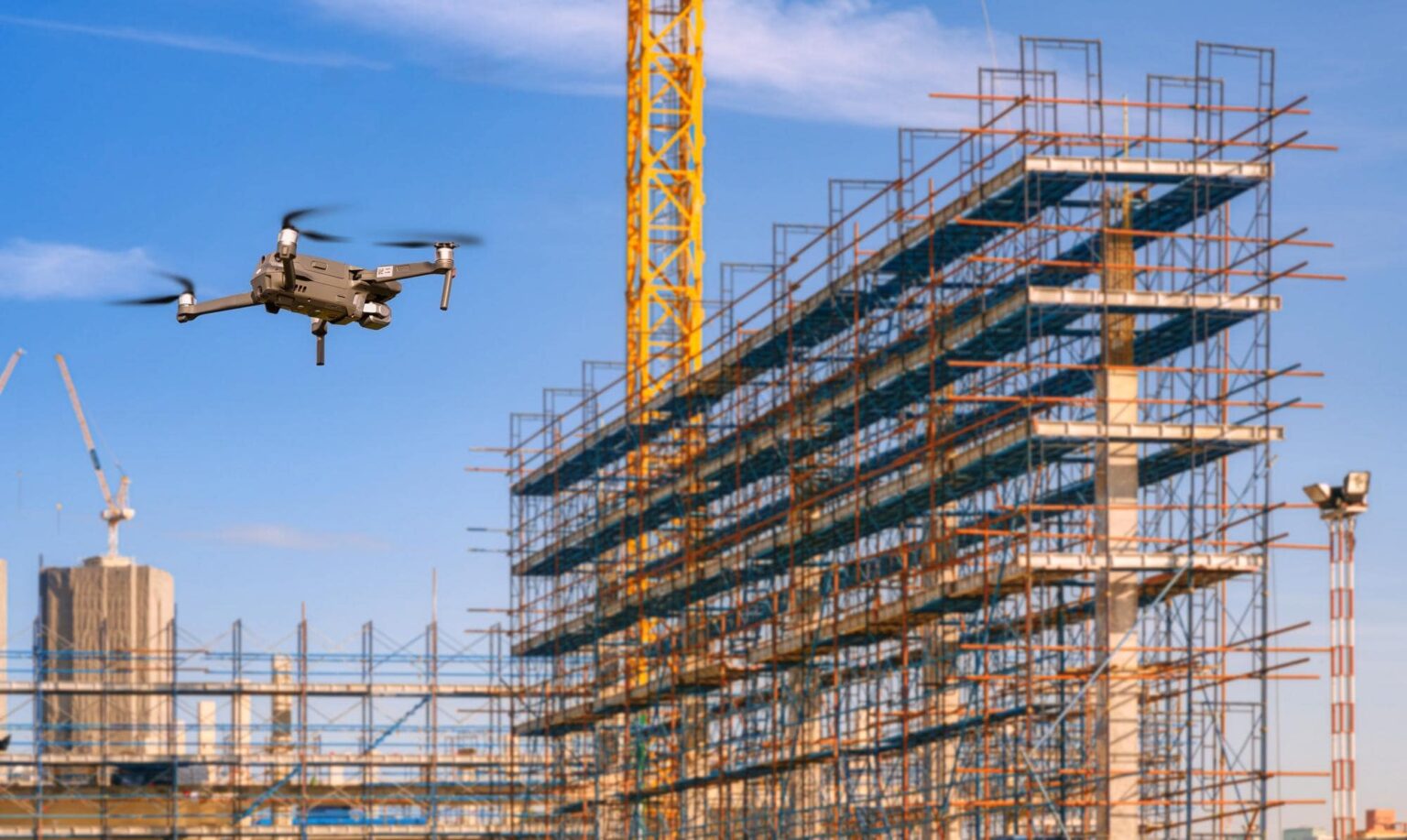Drones, also known as unmanned aerial vehicles (UAVs), are finding wide application in the construction industry for aerial surveying, inspections, and monitoring. These versatile devices equipped with cameras and sensors offer several benefits in terms of efficiency, safety, and data collection. Here are some key ways drones are being used in construction:
- Aerial Surveying and Mapping: Drones provide an efficient and cost-effective solution for capturing aerial imagery and creating high-resolution maps of construction sites. They can quickly and accurately survey large areas, capturing detailed images that can be used for topographic mapping, site analysis, and planning. Drone-generated maps and 3D models help construction professionals gain a comprehensive understanding of the site and make informed decisions during the design and construction phases.
- Construction Site Inspections: Drones enable close-up inspections of construction sites, buildings, and structures that are otherwise difficult or risky to access. By flying drones equipped with cameras, project managers and inspectors can closely examine roofs, facades, towers, and other elements for damage, structural integrity, or compliance with design specifications. This allows for early detection of issues, efficient maintenance planning, and reduced safety risks for personnel.
- Progress Monitoring and Documentation: Drones facilitate regular progress monitoring of construction projects by capturing aerial images and videos at different stages of the construction process. This provides a visual record of the project’s evolution, which can be compared against initial plans and timelines. By tracking progress, construction teams can identify potential delays, make adjustments, and communicate effectively with stakeholders.
- Safety and Risk Mitigation: Drones enhance safety on construction sites by minimizing the need for workers to access hazardous areas or work at heights. By using drones for inspections and monitoring, construction companies can reduce the risks associated with working at elevated positions, confined spaces, or unstable structures. This improves overall safety and reduces the likelihood of accidents and injuries.
- Quality Control and Defect Detection: Drones equipped with high-resolution cameras and sensors can capture detailed imagery, helping in quality control and defect detection. By closely examining the captured data, construction professionals can identify construction flaws, deviations from plans, and potential issues early on. This allows for timely interventions and corrections, reducing rework and ensuring adherence to quality standards.
- Environmental Monitoring: Drones can be used to monitor the environmental impact of construction activities. They can capture data on air quality, noise levels, soil erosion, and vegetation changes. This information helps construction companies comply with environmental regulations, assess the effectiveness of mitigation measures, and make informed decisions to minimize the project’s ecological footprint.
- Communication and Collaboration: Drones facilitate effective communication and collaboration among project stakeholders. Aerial imagery captured by drones can be easily shared and accessed by architects, engineers, contractors, and clients, enabling better collaboration, decision-making, and project coordination. Drones provide a visual perspective that enhances communication, especially when stakeholders are geographically dispersed.
- Marketing and Presentation: Drones capture impressive aerial footage that can be used for marketing and project presentations. The dynamic and visually engaging nature of drone videos and images showcases the construction project from unique angles, providing a comprehensive view of the site and its surroundings. This helps in marketing efforts, client presentations, and attracting potential investors.
Drones offer construction professionals a powerful tool for efficient and effective data collection, inspections, and monitoring. As the technology continues to advance, drones are expected to play an increasingly integral role in construction processes, improving safety, accuracy, and productivity across the industry.



